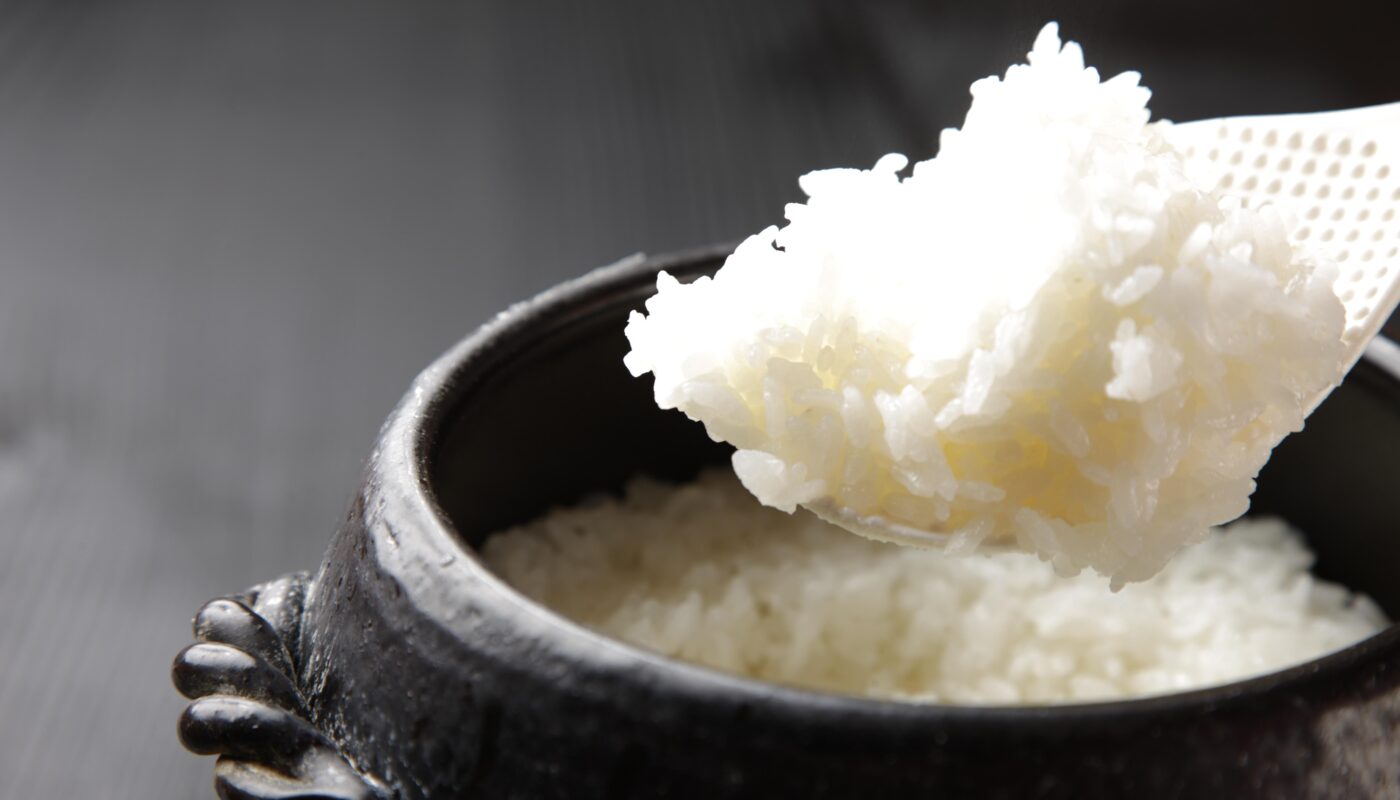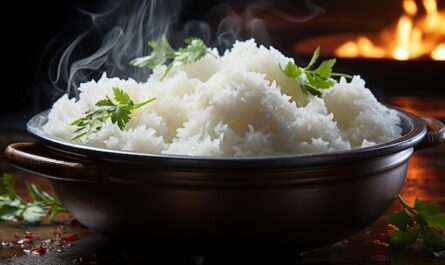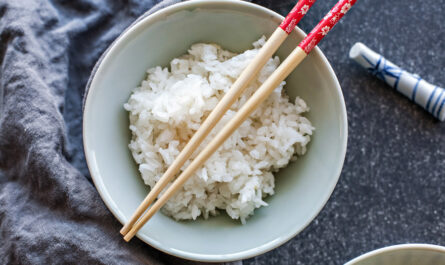If you are a sushi lover, you have likely encountered the distinct texture and taste of Japanese short grain rice. In this Japanese Short Grain Rice Overview, we will delve into its unique qualities and explore why its a staple in Japanese cooking.

What is Japanese Short Grain Rice?
Japanese short grain rice, or Japonica, is renowned for its sticky texture and slight sweetness. These qualities make it perfect for sushi, a beloved dish among food enthusiasts around the world.
The History of Japanese Short Grain Rice
Originating in East Asia, rice cultivation in Japan dates back over 2,000 years. It became integral to Japanese cuisine, and its cultivation techniques have been refined over centuries.
Nutritional Value of Japanese Short Grain Rice
Japanese rice is not just about taste. It is packed with nutrients such as carbohydrates, a small amount of protein, and various vitamins. It’s a healthy option when consumed as part of a balanced diet.
The Different Varieties
There are several varieties of short grain rice, including Koshihikari and Sasanishiki. These varieties are prized for their flavor and texture.
How to Cook Japanese Short Grain Rice
Cooking Japanese rice requires rinsing to remove excess starch, followed by a precise water-to-rice ratio. Learn more about making perfect rice here.
Tools Required
Using the right tools is essential. A heavy-bottomed pot ensures even cooking throughout. Maintaining these tools is equally important. Discover ways to keep them fresh here.
Uses of Japanese Short Grain Rice
Besides sushi, Japanese short grain rice is used in various dishes, from rice balls to savory porridges. Its versatility is unmatched.
Sushi and Beyond
While sushi remains the most iconic dish, Japanese rice is also ideal for rice puddings and even as a breakfast staple, offering diverse culinary experiences.
The Perfect Rice for Sushi
Due to its sticky consistency, this rice acts as a perfect binder for sushi rolls and nigiri. More on its importance in a sushi kitchen here.
Roles in Japanese Culture
More than just food, rice has deep roots in traditions, ceremonies, and festivals in Japan, symbolizing prosperity and sustenance.
Photography Tips
Capturing the beauty of Japanese dishes is an art. Learn how to set up your sushi for stunning shots here.
A Global Love for Japanese Rice
Its fame is not just limited to Japan. Chefs worldwide appreciate its unique qualities. Read more about its global varieties.
Health Benefits of Rice
Cooking rice at home ensures you control the ingredients. It’s a healthier alternative to processed foods and provides a nourishing start to your day.

Frequently Asked Questions
What makes Japanese short grain rice sticky?
The high starch content in Japanese short grain rice is responsible for its stickiness.
How should Japanese rice be stored?
Store rice in a cool, dry place in an airtight container to maintain freshness.
Can I use Japanese rice for other Asian cuisines?
Yes, while it is perfect for Japanese dishes, it can also be integrated into other Asian cuisines.
This article contains affiliate links. We may earn a commission at no extra cost to you.




